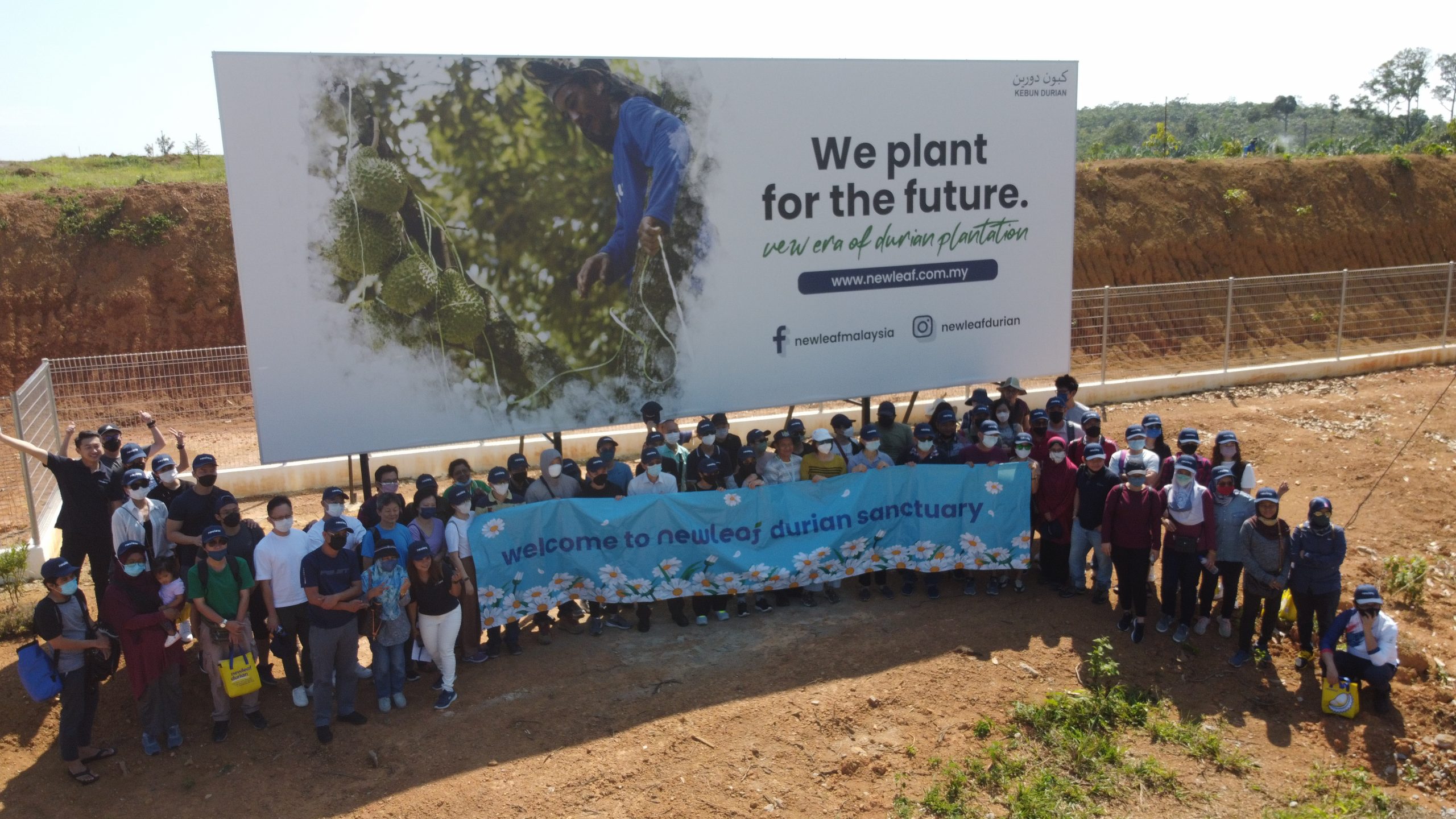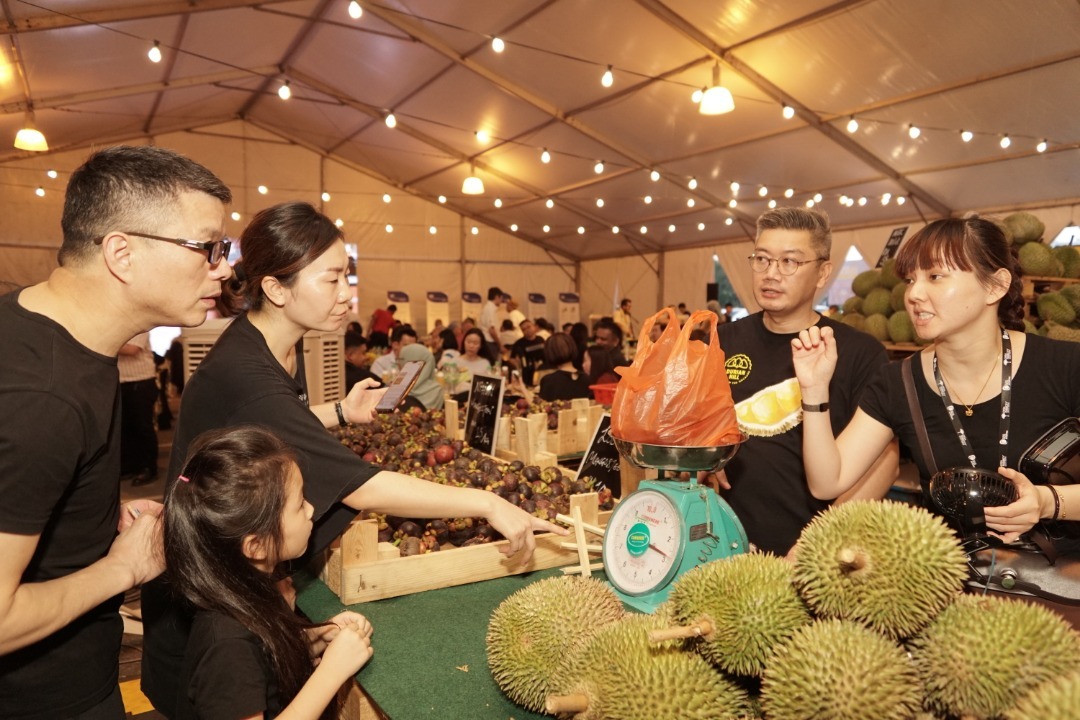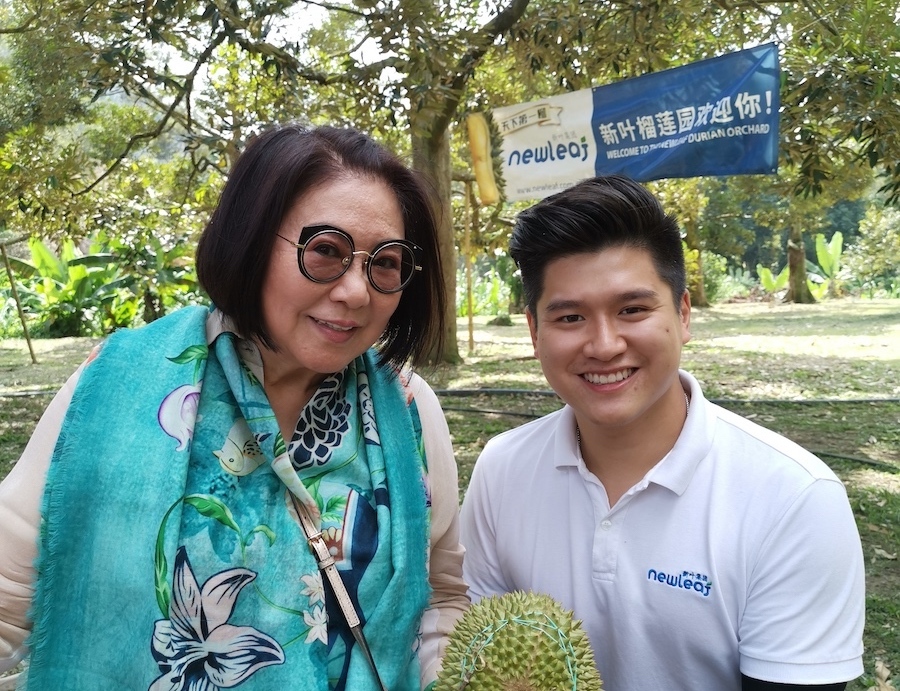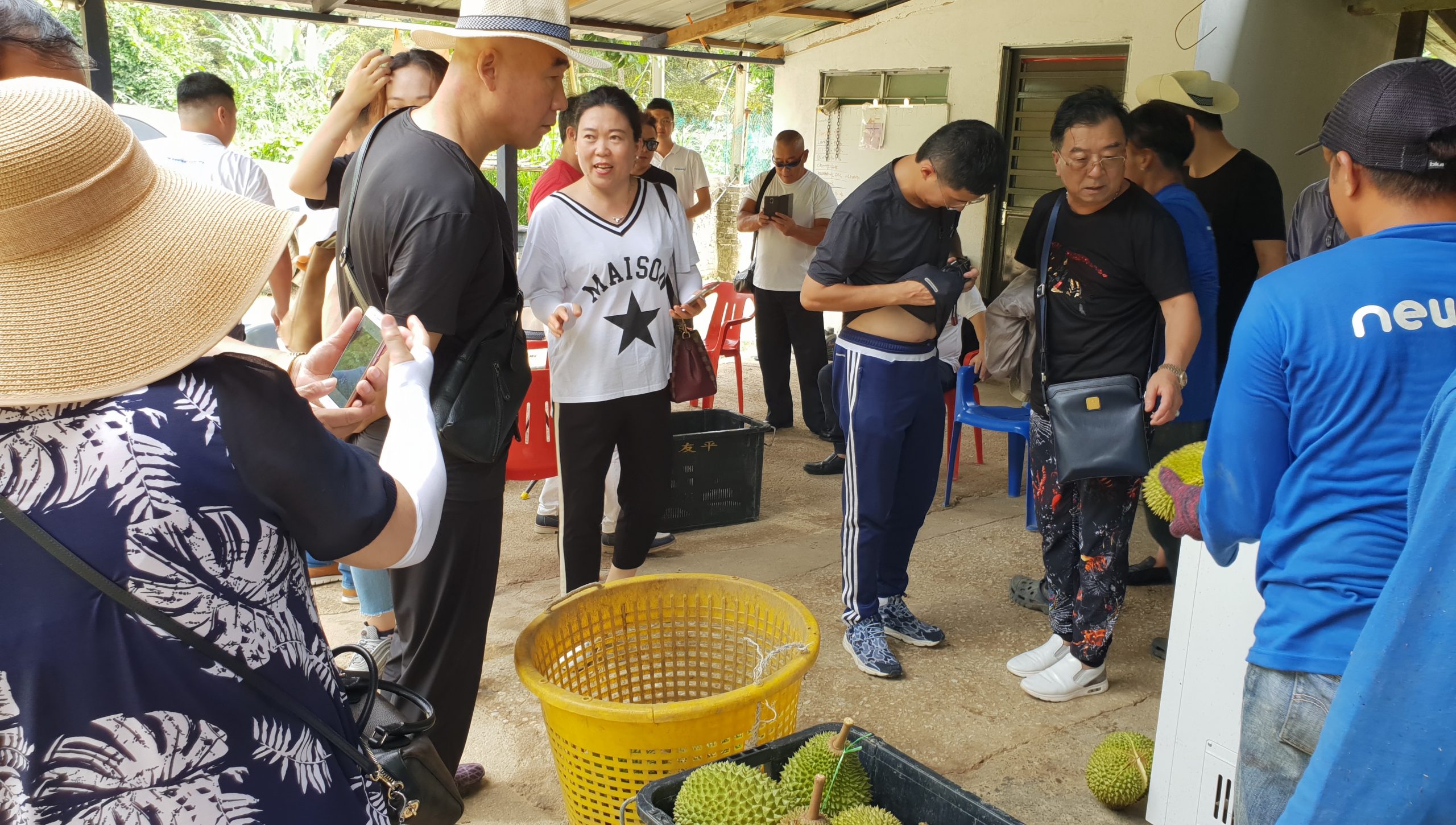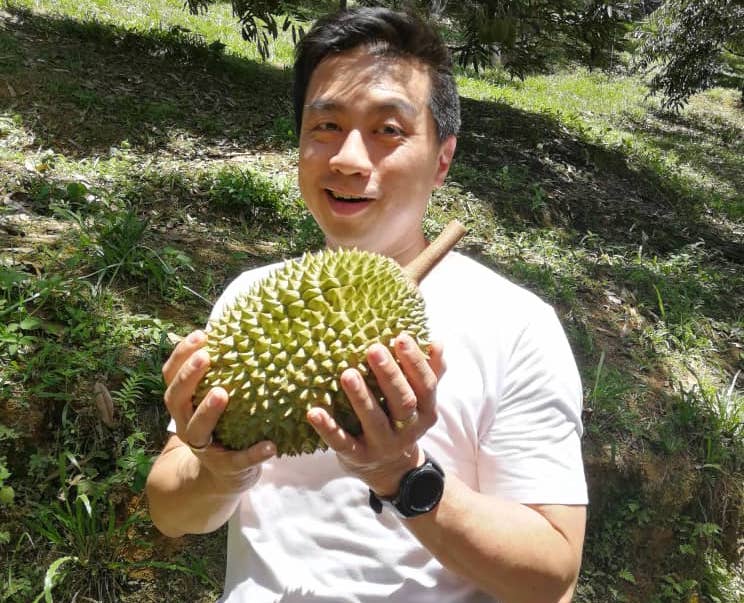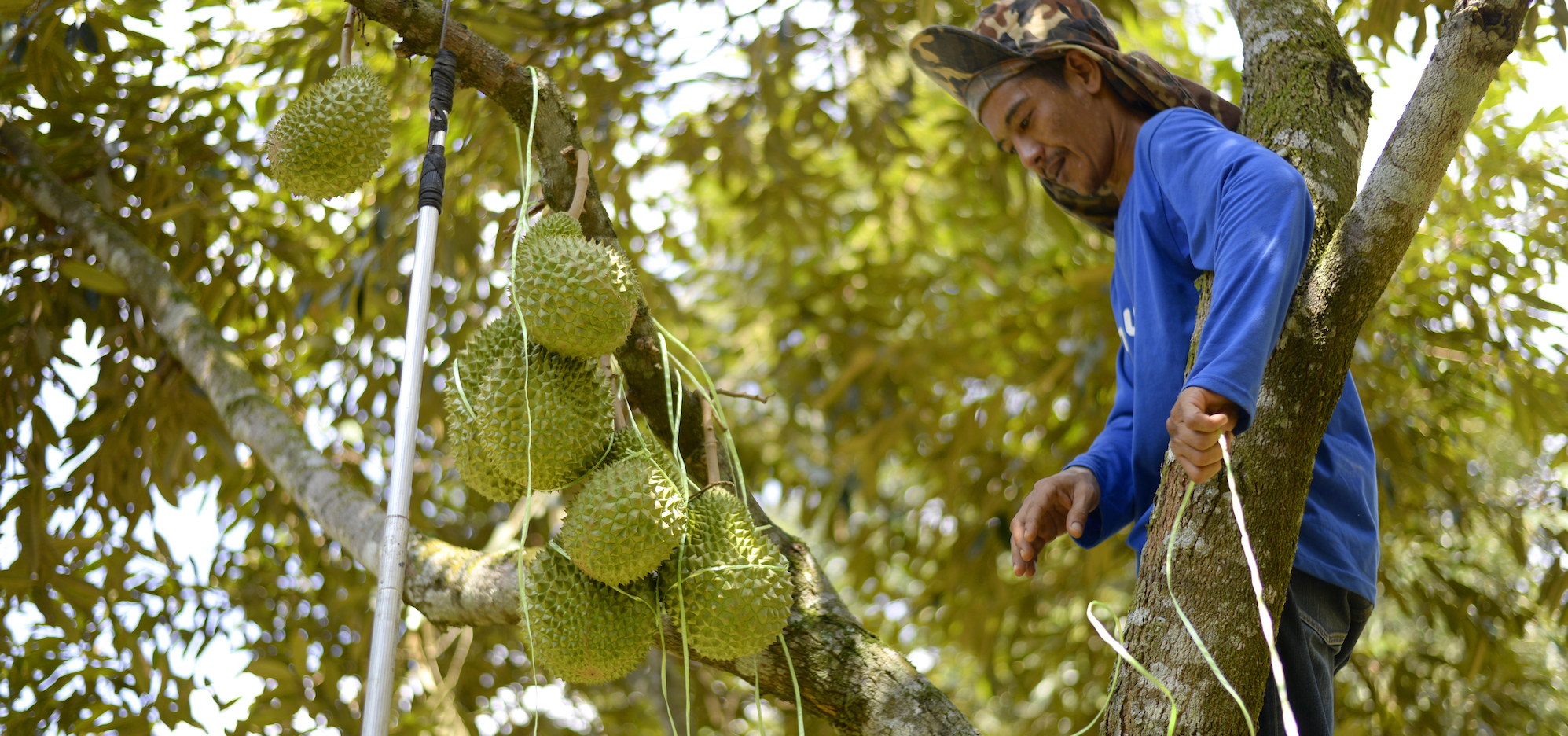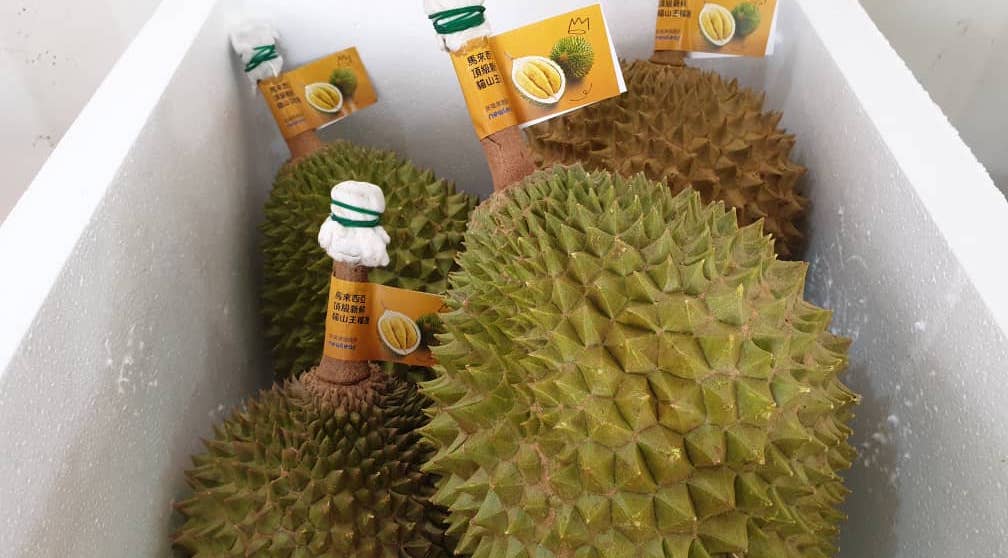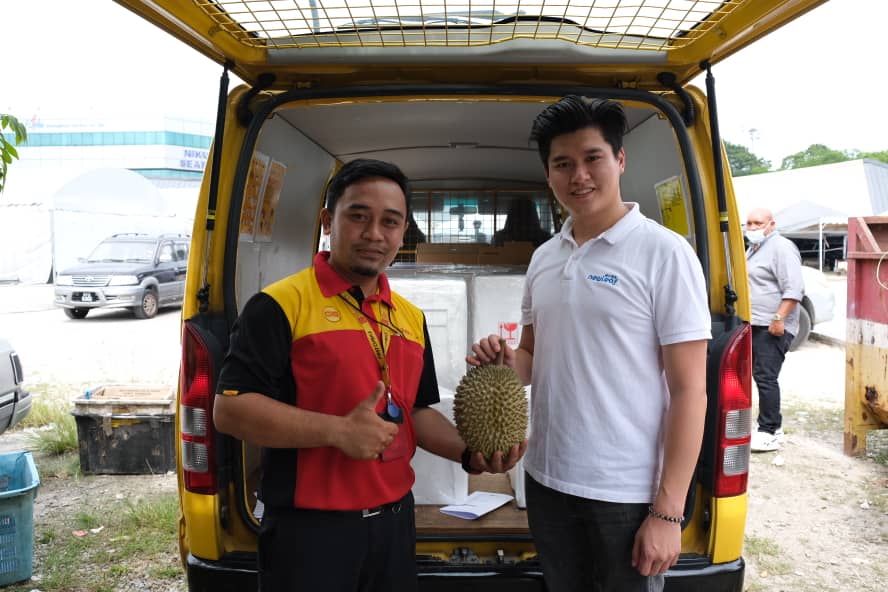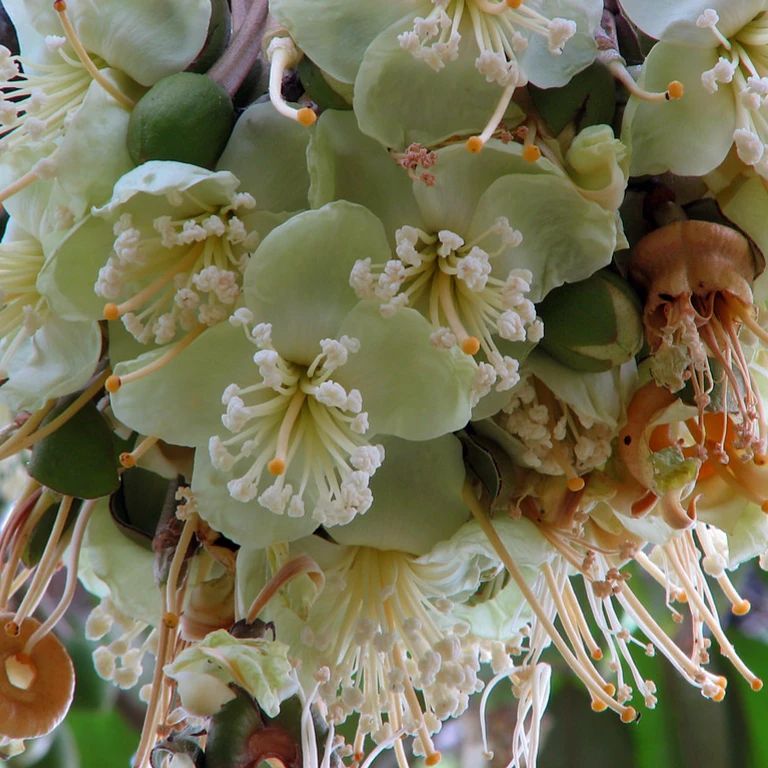
The love for Malaysian durians all around the world has been steadily increasing throughout the years, but an integral yet little known part of this journey is the flowering season.
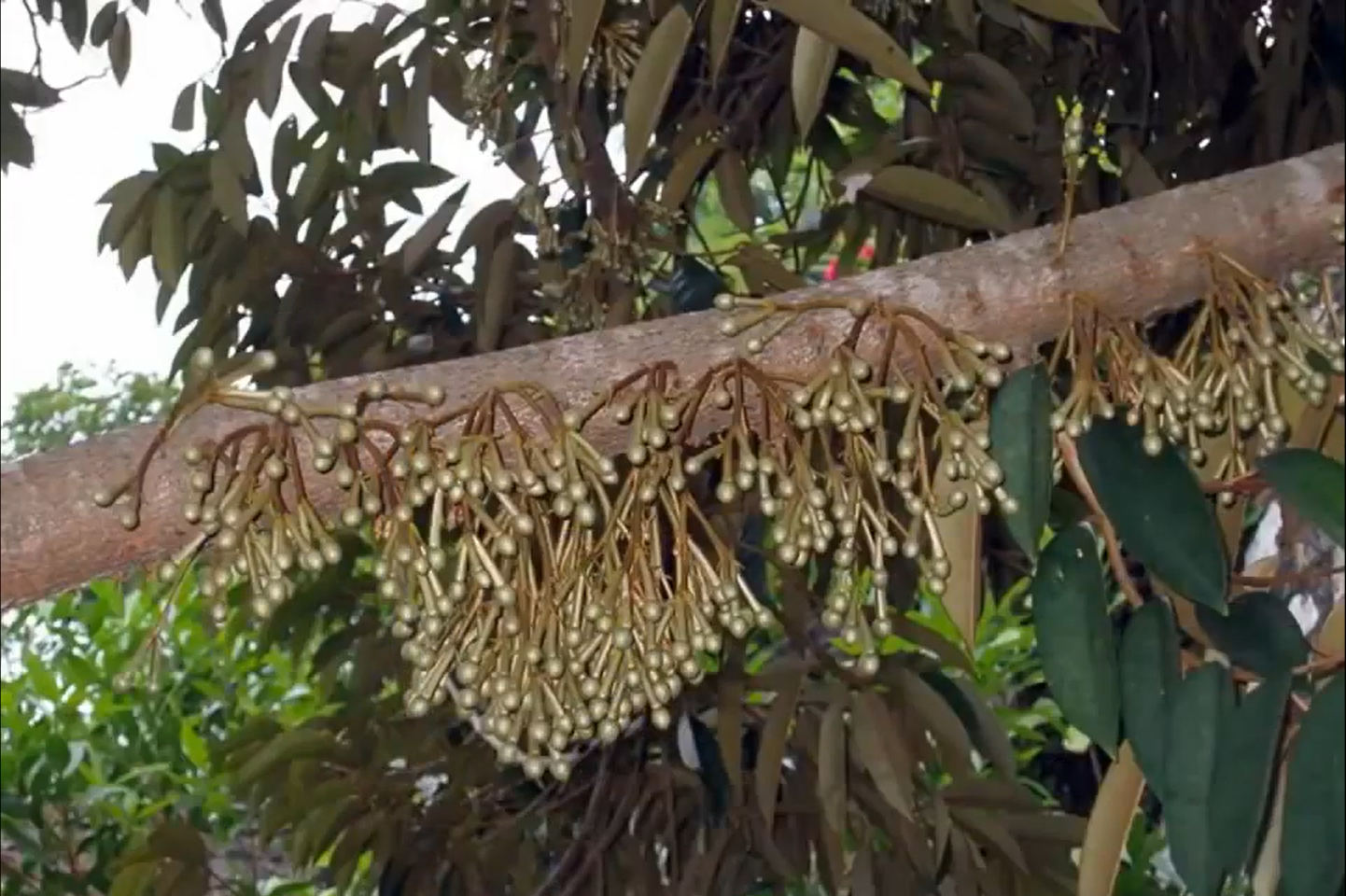
Durians and many tropical fruit trees require a dry spell of about 1 to 2 months for flowers to initiate and develop fully into fruits. The durian production season is greatly influenced by rain. In between the rainy seasons is the 1 to 4 weeks of dry season that triggers the matured durian trees to develop flower buds on healthy lateral branches, it usually takes about 4 weeks for the buds to develop fully into perfect flowers.
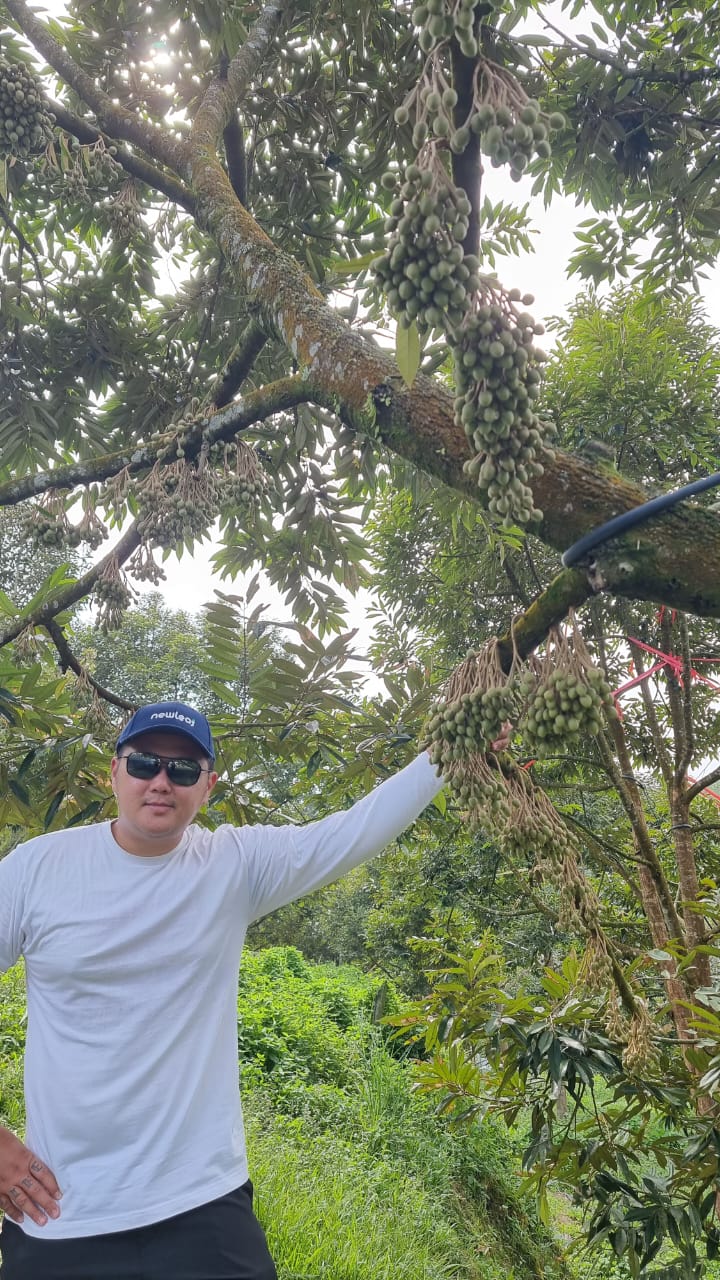
Durian flowers are small to medium in size, averaging 5 to 8 centimeters in diameter, and grow in large clusters of up to thirty flowers. Each flower is composed of five rounded petals, a calyx, pistil, and slender bunches of elongated stamens. The petals and stamens range from pale green-white to ivory, depending on maturity, and some wild varieties are dark red.

The durian has a high rate of self-incompatibility and it is normal to get 20% to 25% fruit-set. Thus, cross-pollination is essential to the tree’s life cycle and obtaining good crops. Durian flowers depend on animals to spread their pollen, and each flower contains aromatic nectar that is sought after by bats, especially the Flying Fox, and also by bees, moths, and beetles. Flying Fox bats pollinates the flowers at night. These endangered bats are one of the primary pollinators of the Durian tree, and without their presence in the ecosystem, many of the Durian flowers would go unpollinated, thus decreasing the upcoming fruit harvest.

Malaysia (Peninsular Malaysia) has two fruiting seasons because durian is grown in different localities affected by either the north-east or south-west monsoon or both. They generally peak in the middle of the year around June to July and November to December.
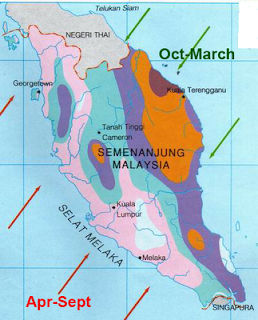
Generally the main durian flowering season of the Northern Region covering the states of Perlis, Kedah, Penang and northern Perak is from January to March. Sometimes there may be a short dry spell about June which may or may not give a second flowering season in July or August according to its intensity and locality.
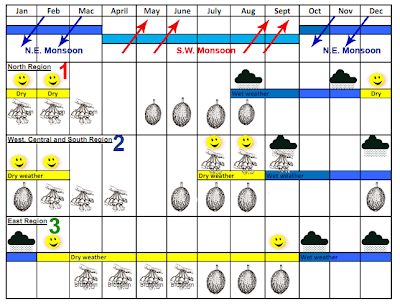
The West, Central and Southern Regions comprise southern Perak, Selangor, Negeri Sembilan, Malacca, Pahang and Johore. This region usually has two dry spells of 2 to 3 weeks in January to February and July to August. Thus, there tend to be two durian flowering seasons, February to April and July to September.
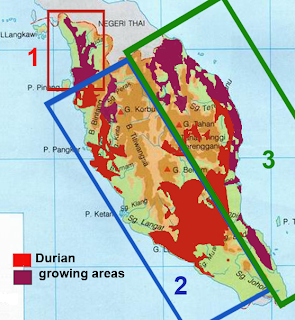
The main flowering season of the East Coast stretching from Kelantan in the north, down south through Terengganu, coastal region of Pahang to Kota Tinggi in Johore is between March and June.
East Malaysia’s (Sarawak and Sabah) main durian flowering season straddles across March through April and Sabah has a small one in August to September.
Source: https://durianinfo.blogspot.com/p/durian-seasons-in-durian-production.html
https://specialtyproduce.com/produce/Durian_Flowers_16674.php





